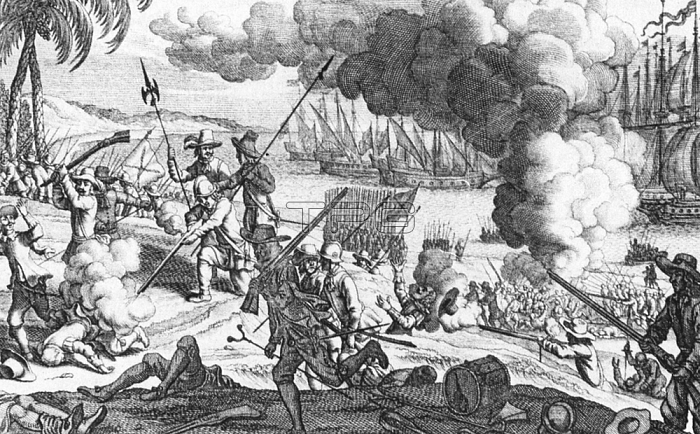
Sri Lanka had always been an important port and trading post in the ancient world; and was increasingly frequented by merchant ships from the Middle East; Persia; Burma; Thailand; Malaysia; Indonesia and other parts of Southeast Asia. The islands were known to the first European explorers of South Asia and settled by many groups of Arab and Malay merchants.
A Portuguese colonial mission arrived on the island in 1505 headed by Louren鏾 de Almeida; the son of Francisco de Almeida. At that point the island consisted of three kingdoms; namely Kandy in the central hills; Kotte at the Western coast; and Yarlpanam (Anglicised Jaffna) in the north. The Dutch arrived in the 17th century. The British East India Company took over the coastal regions controlled by the Dutch in 1796; and in 1802 these provinces were declared a crown colony under direct rule of the British government; therefore the island was not part of the British Raj. The annexation of the Kingdom of Kandy in 1815 by the Kandyan convention; unified the island under British rule.
European colonists established a series of cinnamon; sugar; coffee; indigo cultivation followed by tea and rubber plantations and graphite mining. The British also brought a large number of indentured workers from Tamil Nadu to work in the plantation economy. The city of Colombo was developed as the administrative centre and commercial heart with its harbor; and the British established modern schools; colleges; roads and churches that introduced Western culture.
On 4 February 1948 the country gained its independence as the Dominion of Ceylon. It changed its name to Sri Lanka in 1972.
| px | px | dpi | = | cm | x | cm | = | MB |
Details
Creative#:
TOP20150755
Source:
達志影像
Authorization Type:
RM
Release Information:
須由TPG 完整授權
Model Release:
No
Property Release:
No
Right to Privacy:
No
Same folder images:

 Loading
Loading